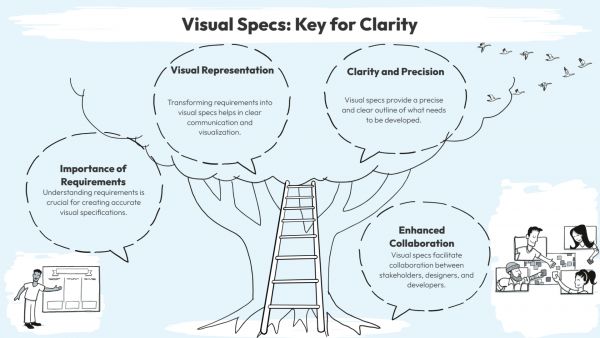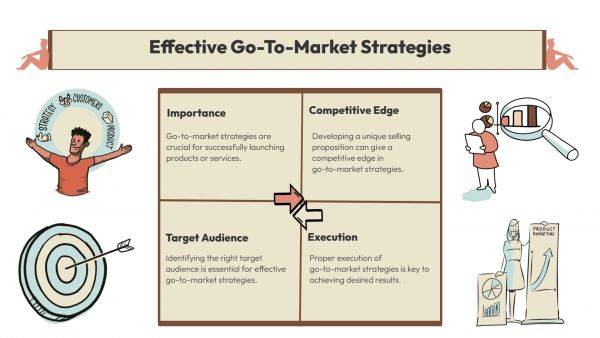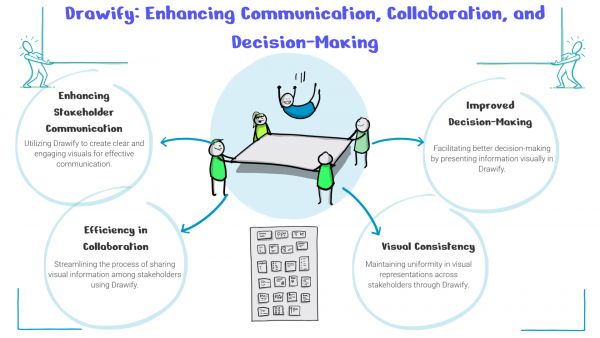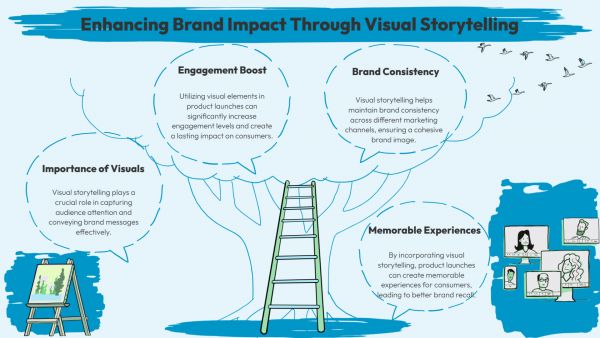Whether you've got stories to tell or art to create, there's a place for you here.

Product Managers
Illustrating OKR Frameworks Simply
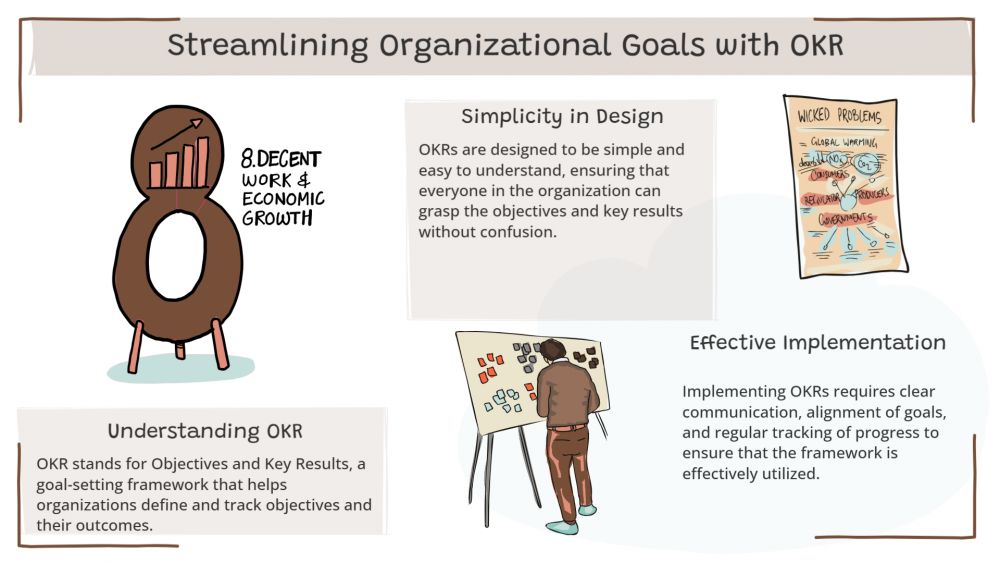
-
SDSwarnali Das- Co-founder, Chief Product Officer, Drawify
-
Oct 06, 2025 5 min read
Organisations in the fast-paced world of contemporary business are often looking for efficient methods to coordinate teams, monitor advancement, and accomplish challenging objectives. The Objectives and Key Results (OKR) framework is one of the most prevalent approaches for accomplishing this goal. Despite their effectiveness in promoting attention and clarity, OKRs can frequently come across as abstract or intimidating when displayed in spreadsheets or plain text. In order to transform complex OKR frameworks into visually appealing and easily comprehensible content, visual storytelling tools such as Drawify are essential.
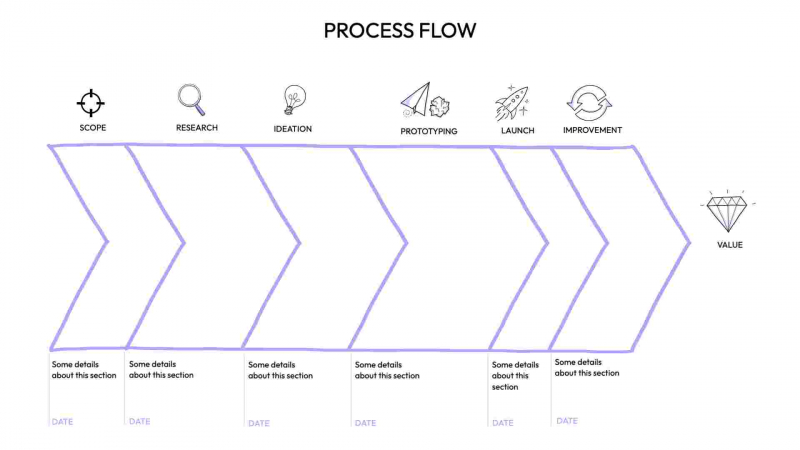
Why It's Important to Visualise OKRs:
The main goals of the OKR framework are to have quantifiable results and explicit objectives. Nevertheless, teams may become disinterested or fail to see the larger context when these are displayed in lengthy documents or complex displays. There are various advantages to visualising OKRs. They are as follows:
- Improved Clarity: Clarity is increased because visuals eliminate jargon and provide goals and important findings in an organised, easily understood manner.
- Improved Alignment: Groups are able to understand how their aims relate to those of the entire organisation very quickly.
- Increased Engagement: A visually appealing OKR chart has a higher chance of drawing attention and igniting conversations than static text, which results in increased engagement.
- Continuous Tracking: Visual frameworks provide progress tracking and strategy adjustments as necessary.
Businesses may turn a goal-setting process into an inspirational success roadmap by fusing OKRs with visually appealing pictures.
The Simplifying Effect of Drawify Illustration of OKR:
Drawify is a platform that aims to enable anyone, regardless of design experience, to create professional-quality images. Drawify offers a variety of customizable tools and templates for visualising OKRs, which assist in transforming strategy into an interesting storytelling. Here's how:
- Customisable Diagrams: Drawify lets you make progress charts, goal trees, and timelines that intuitively illustrate OKRs.
- Icon Libraries: You can incorporate metaphors for sight, such as targets, arrows, or routes, that convey the core of each mission instantaneously by utilising the expert images available.
- Collaborative Features: Ensuring shared ownership and comprehension of organisational goals by generating graphics.
- Ease of Integration: Drawify graphics are very flexible and may be exported for use in reports, presentations, project management software, and internal communication tools.
Practical Applications of Visual OKRs:
Visual OKRs are more than simply a way to make documents seem nice; they really improve business processes. For instance:
- Leadership Communication: During town halls or quarterly reviews, executives might use OKR images to convey strategic priorities.
- Team Workshops: By using interactive diagrams to visualise team-level OKRs, managers can help members understand how their contributions affect the overall goal.
- Progress Reviews: By using visual dashboards, organisations may monitor their progress over time and make necessary adjustments.
- Onboarding: When OKRs are presented in an easy-to-understand and entertaining way, new hires may rapidly grasp the company's priorities.
Best Practices for Illustrating OKRs with Drawify:
The following best practices will help you make your images as powerful as possible:
- Keep It Simple: Focus on the important details rather than overpowering the viewer with visuals.
- Use Color Coding: Use colour coding to make the framework easier to understand. Use different colours for goals, important outcomes, and advancement.
- Include Icons and Symbols: OKRs are remembered when they contain metaphorical images, such as objectives for goals or ladders for growth.
- Show Progress Visually: To dynamically portray progress, use gauges, arrows, or charts.
- Keep Consistency: To create familiarity and recognition inside your company, use comparable styles throughout graphics.
The Future of Goal-Setting with Visuals:
There is a growing need for straightforward communication tools as companies become more data-driven and collaborative. OKRs' future depends on how well they are presented as much as their technique. Organisations may increase the transparency, engagement, and success of goal-setting by including Drawify in their OKR processes.
To conclude, OKRs have been established to be a successful framework for attaining alignment and transparent growth, but their true potential only becomes apparent when teams fully comprehend and adopt them. Using Drawify to visualise OKRs turns objectives into inspirational stories, bringing this methodology from abstract to actionable. By integrating the OKR framework with Drawify's visual tools, you can make sure that goals are not only set but also seen, understood, and accomplished, regardless of your company's size.
- Events
- Workshops
- Visual Storytelling
- How to video
- Communities
- Sketchnoting
- Templates
- UX Designers
- Agile Professionals
- Product Managers
- Freelance Graphic Designers
- Creative Tech Enthusiasts
- Online Course Creators
- Social Media Content Creator
- Creative Agency Owners
- Marketing Professionals
- EdTech Professionals
- Scrum Masters
Come, Be Part of Something Special
-
Got ideas that need visual superpowers?
Jump in and start creating presentations and communications that people actually remember.
Sign In -
Are you an artist ready to grow?
Join our Drawifier family and focus on what you love most - creating art that matters.
Become a Drawifier
Get visualisation tips every week
Subscribe to the Drawify Newsletter, and feed your creativity with visualisation tips and techniques, as well as the latest Drawify workshops, news and resources.
